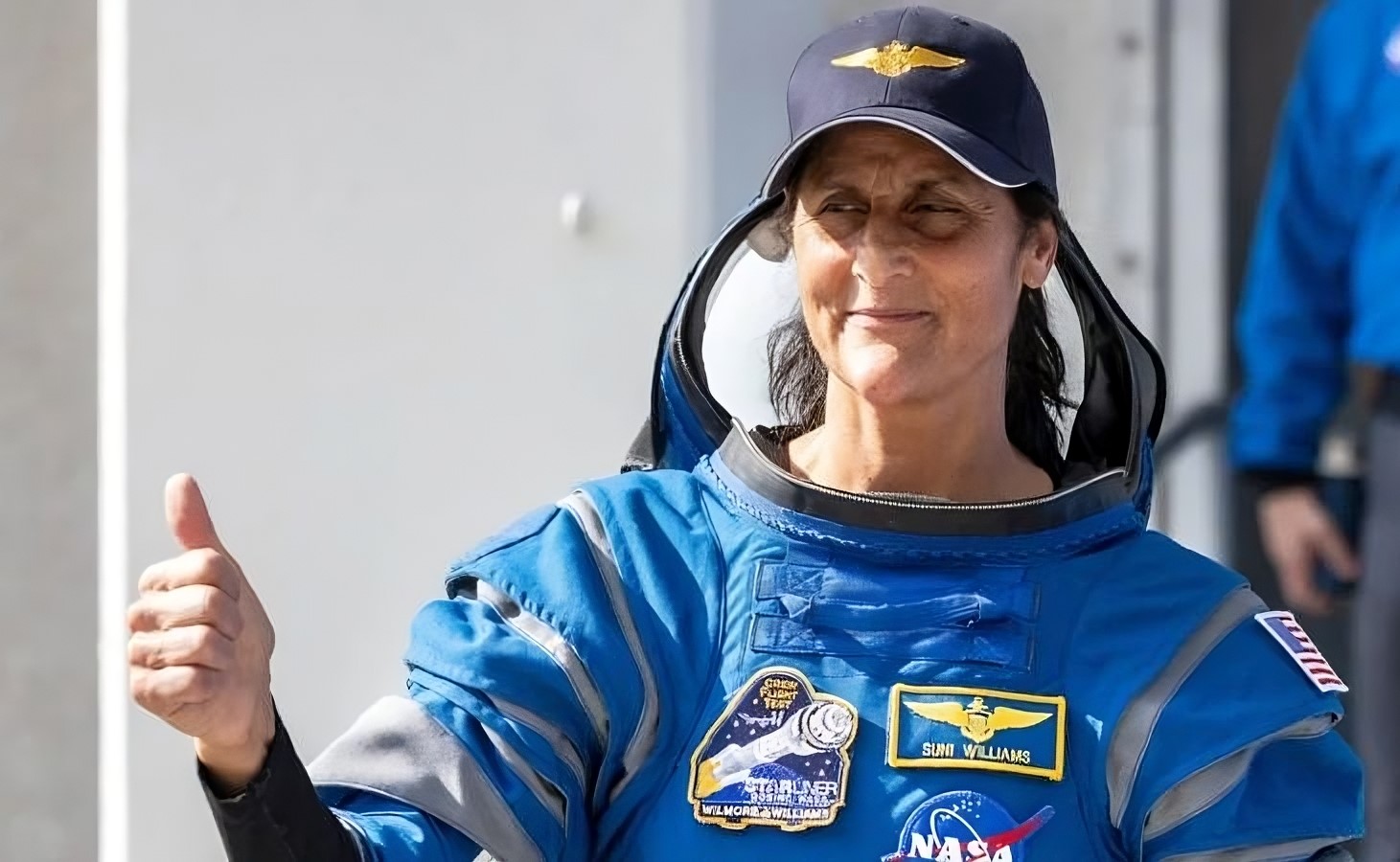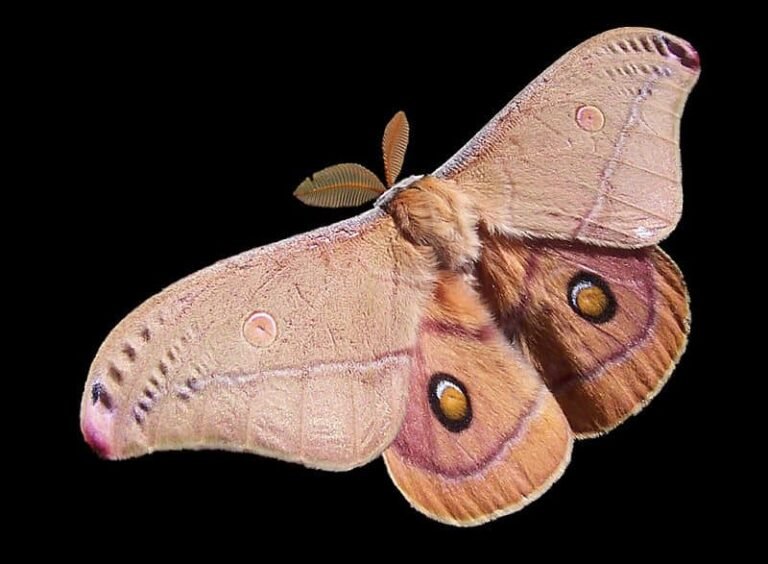
Return of Spacegirl: Sunita William to come back to Earth.

Sunita Williams, a highly esteemed NASA astronaut renowned for her extensive experience and remarkable achievements in space, recently embarked on a groundbreaking mission aboard Boeing’s CST-100 Starliner. Known for her impressive tenure aboard the International Space Station (ISS), Williams’ latest journey marked a significant milestone in her career as she joined astronaut Robert “Butch” Wilmore on this innovative spacecraft. This mission exemplifies her continued dedication to advancing space exploration and her adaptability to cutting-edge technology, as she and Wilmore conducted crucial tests and research aboard the Starliner, paving the way for future crewed spaceflights and contributing to the evolving landscape of human space exploration. But the latest updates from NASA state that she will be returning to base soon. According to the latest update from the National Aeronautics and Space Administration (NASA), the planning for Starliner’s return is expected to continue into next week. This blog will cover everything about her and Butch’s return to Earth.

The space mission of Sunita Williams and Butch Wilmore was supposed to be of only 8 days in the space. Due to some technical errors in the starliner, the days have been now extended. Finally, NASA has shed some light on their return soon. As of now, NASA astronauts Butch Wilmore and Sunita Williams remain aboard the International Space Station (ISS) as engineers address issues with the Boeing Starliner spacecraft, which is scheduled to return them to Earth. The astronauts arrived at the ISS on June 6, but as of twenty days later, NASA and Boeing officials are still making adjustments to the Starliner Crew Flight Test’s return procedures amid growing concerns. NASA had planned three departures from space but all of them were canceled due to technical issues.
Factors Influencing the return are as follows :
1. Starliner Defects.
Since its liftoff on June 5, the capsule has experienced five helium leaks, five failed maneuvering thrusters, and a propellant valve that did not close completely. These issues have led the crew in space and mission managers in Houston to spend more time than anticipated addressing problems mid-mission. According to NASA’s commercial crew manager Steve Stich, the Starliner can remain docked at the ISS for up to 45 days. However, if necessary—such as if additional issues arise that cannot be resolved in time—the spacecraft can extend its stay to up to 72 days, utilizing various backup systems, as reported by a source familiar with flight planning.
2. Health and Well-being.
Astronaut health is paramount in space missions, especially those of long duration. Prolonged exposure to microgravity can lead to muscle atrophy, bone density loss, and other health issues. NASA has developed comprehensive health protocols to monitor and maintain astronaut health both in space and upon return to Earth. Williams has demonstrated exceptional resilience in her past missions, but her current health status would be a critical factor in planning her return. Regular medical evaluations and rigorous fitness regimes are essential to ensure her readiness for re-entry and readjustment to Earth’s gravity.
3. Technological Advancements and Adaptation.
The rapid advancement of space technology requires astronauts to continually update their knowledge and skills. Williams’ involvement in the Commercial Crew Program indicates her adaptability to new technologies and spacecraft systems. The successful integration of new technology in space missions is crucial for safe and efficient operations. Williams’ familiarity with the latest spacecraft, such as the Crew Dragon and CST-100 Starliner, positions her well for a potential return to Earth using these advanced systems.
4. Mission Planning and Objectives.
The decision to bring Sunita Williams back to Earth would depend on the specific mission objectives and the strategic value of her presence in space versus her return. Her expertise in conducting scientific experiments, managing space station operations, and performing spacewalks makes her an invaluable asset in orbit. However, if her skills are needed for critical tasks on Earth, such as training new astronauts, leading mission planning, or contributing to research and development, her return could be prioritized.
5. International Collaboration and Support.
Space exploration is increasingly becoming a collaborative effort involving multiple international partners. Williams’ return would likely involve coordination with other space agencies and adherence to international agreements. The logistics of her return would include cooperation in terms of spacecraft availability, scheduling, and support during re-entry and recovery operations.
To answer the important question When will Sunita Willaims be back? Currently, there is no official return date set for the flight. According to sources, NASA’s internal target for Starliner’s return is now July 6. This extended timeline would mean that the mission, initially planned for eight days, could instead last a month. Despite the propulsion system issues, NASA has stated that Starliner would still be capable of bringing the astronauts back to Earth if necessary—such as in an emergency evacuation from the ISS or if any of the capsule’s perishable components, like its solar panels, show signs of deteriorating sooner than expected.




